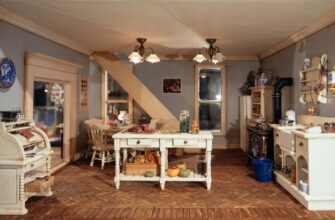
T Shirt printing, like any other industry, uses a number of techniques and production methods. Each has its own pros and cons. This article aims to help you differentiate between some of the various options, whether you’re thinking about going into business for yourself, or if you’re just researching on the different options.
Screen Printing
This is the one of the oldest and most common printing methods. Screens are pressed to the cloth to paint the design one color at a time, without worrying about baked on patterns or any other surface scratches. This results in vibrant colors that’re great for merchandising and promotional materials. As it’s also the most common method, it’s the most widespread and probably the best known.
Heat Press Machine
This is a modern way to print on T Shirts. It’s the same as a screen, except that the T Shirt is simply pressurized and heated with heat. It’s a more effective method, considering the fact that it’s much easier and quicker than screen printing. The advantage of a heat press machine is that fine details can be achieved with screen printing, but when it comes to printing designs, such as done by screen printers, a heat press must be used.
Folding T Shirt Printing
Like folding art, T Shirt printing can be achieved through a number of methods, such as direct printing or on a T Shirt itself. In this method, a folded T Shirt is printed on a smooth, flat surface. Hot air or a heat press is used to infuse silk, ink and other material on the T Shirt fabric. The material is then rolled and folded tightly, and plastic Tradition corrugated boxes are used to seal it.
direct printing
In this technique, the image is simply printed onto the T Shirt fabric. This results in a high quality image, which is still considered to be one of the best methods of screen printing. The T Shirt is simply a sheet of canvas, except that it’s not usually applied to clothing.
Performed image printing
In this method, an image is simply loaded into a frame, in most cases, manually. In this method the height of the frame is adjusted, creating a custom fit. A color negative is required and hot air is required to pack ink into the frame. After printing is complete, the frame and T Shirt are both fixed together.
T Shirt designs can be printed onto a T Shirt fabric using three methods: heat transfer, dye sublimation and screen printing.
Ink
This is the most popular way of printing T Shirt designs and images. The image is first loaded into a dye sublimation screen. The color of the inks used can be compatible with the look of T Shirt fabric.
Heat Press Paper Transfer
This is a process that applies a design to the surface of a T Shirt using a hot air transfer printer. Here the image is first loaded onto a press board and then placed onto a transfer media, a sheet of paper that matches the color of the T Shirt. After some time, it’s then printed to the T Shirt.
Screen Printing
This is the most popular printing method for screen printing Tshirts, providing easy results. The shirt is then printed onto a white shirt evening the process of printing. Good quality screen printing will produce a crisp, vigneted T Shirt design.
Ink jet printing
dripping images of any type of T Shirt onto a bed of acquire screen is the most common way of printing these shirts. This technology is widely used for advertising or other marketing purposes. The shirt is first loaded into a washing machine which then removes the ink from the T Shirt material.
White printing
This produces images on white T Shirt materials. This is usually achieved by a chemical reaction between natural adhesives and the dye.
Washing machine painting
Like screen printing, this technique applies ink to the T Shirt material while it is in a final state. The result looks similar to hand painting, although the technique is somewhat superior. This method is preferred for printing vivid colors, such as photos or red lettering.








